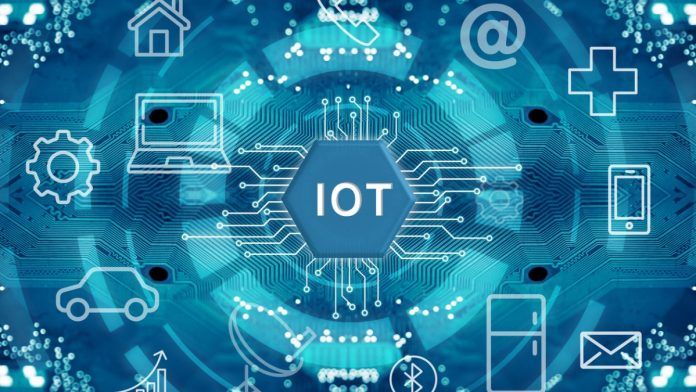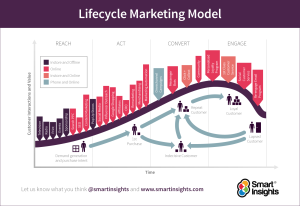
The Internet of Things (IoT) has revolutionized the way businesses operate. With the ability to connect devices and collect vast amounts of data, IoT integration offers numerous benefits for smart businesses.
What is IoT Integration?
IoT integration refers to the process of combining different IoT devices and systems with existing business infrastructure. It involves connecting physical devices to the internet and utilizing the generated data to optimize business operations.
The Benefits of IoT Integration
1. Data-driven Decision Making
IoT integration enables businesses to gather real-time data from various sources and analyze it to make informed decisions. This data helps identify trends, patterns, and insights that can drive business growth and innovation.
2. Enhanced Efficiency and Automation
By integrating IoT devices, businesses can automate processes, reducing human error and increasing efficiency. For example, smart sensors in manufacturing plants can monitor equipment health and automatically schedule maintenance, minimizing downtime and optimizing productivity.
3. Improved Customer Experience
IoT integration allows businesses to collect data on customer behavior, preferences, and usage patterns. With this information, companies can personalize their offerings, improve customer service, and provide a seamless user experience.
4. Cost Reduction
Integrating IoT devices can lead to significant cost savings. For instance, smart energy management systems can monitor and control energy usage in buildings, optimizing consumption and lowering utility bills.
5. Remote Monitoring and Control
IoT integration enables businesses to remotely monitor and control their assets, even from remote locations. This capability is particularly beneficial for managing large-scale operations such as logistics, supply chain, and fleet management.
Challenges of IoT Integration
While IoT integration offers numerous benefits, businesses also face some challenges in implementing and managing it:
1. Security Concerns
As more devices and systems become interconnected, the risk of cyber-attacks and data breaches increases. Businesses need robust security measures to protect their networks and sensitive data from unauthorized access.
2. Compatibility and Interoperability
Integrating different IoT devices from various manufacturers can be challenging due to compatibility and interoperability issues. Businesses need to ensure that the devices they choose can seamlessly communicate and share data with each other.
3. Scalability
Scalability is a crucial factor to consider when integrating IoT solutions. As businesses grow and the number of connected devices increases, the infrastructure should be capable of handling the additional data flow and processing requirements.
Best Practices for IoT Integration
1. Define Clear Objectives
Businesses should clearly define their goals and objectives for IoT integration. This helps in selecting the appropriate devices, systems, and strategies that align with the desired outcomes.
2. Choose the Right Devices and Platforms
Research and choose IoT devices and platforms that are reliable, secure, and compatible with existing infrastructure. Evaluate their features, functionality, and scalability to ensure they meet your business needs.
3. Develop a Robust Security Framework
Implement strong security measures to protect your IoT network and data. This includes using encryption, access controls, regular updates, and monitoring to safeguard against potential threats.
4. Ensure Data Privacy and Compliance
Respect customer privacy and adhere to data protection regulations. Establish protocols for data collection, storage, and usage to maintain compliance and build trust with customers.
5. Monitor and Maintain the System
Regularly monitor the IoT system to detect and address any issues promptly. Conduct system updates, patches, and maintenance to ensure the devices and infrastructure remain secure and up-to-date.
Conclusion
IoT integration provides endless possibilities for businesses to enhance their operations and gain a competitive edge. By leveraging the power of connected devices, businesses can make data-driven decisions, automate processes, improve customer experiences, and reduce costs. However, it is crucial to address the challenges associated with IoT integration by prioritizing security, compatibility, and scalability. By following best practices and staying up-to-date with advancements in IoT technology, businesses can unlock the full potential of IoT integration and become truly smart businesses.


